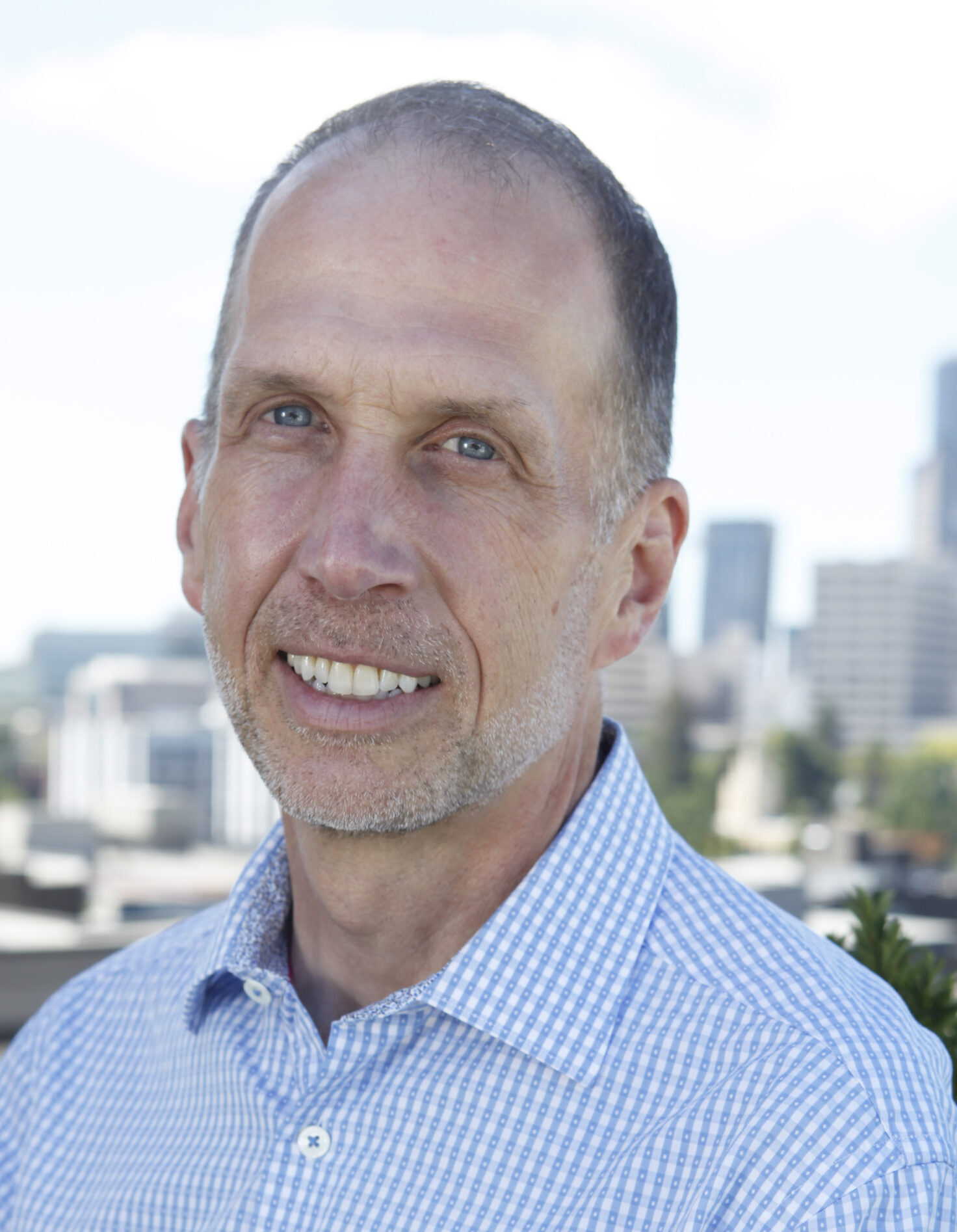A year ago, Seattle Mayor Gregg Nickels assembled a “Green Ribbon Commission” to advise him on how to keep his trend-setting Kyoto pledge.
Last week, the commission released its report.
The global significance and political symbolism of the event have drawn much well-earned comment. The report itself has not.
How is it? Superb. I’m in love.
It’s well researched, innovative, and (mostly) courageous.
(Full disclosure: the commission is also full of friends and even funders of Northwest Environment Watch. Click through the break, and you’ll see I’m not just sucking up.)
It recommends many of the policy solutions that we’ve become convinced are smart and systemic. A sampling of the 18 highly praiseworthy recommendations:
Lead a regional partnership to develop and implement a road pricing system (about which we’ve written much). Road pricing is the only way to solve congestion, and it’s a potent stimulant for alternatives to driving.
Implement a commercial parking tax (ditto). Taxing parking is a great way to pay for alternatives.
Expand efforts to create compact, green, urban neighborhoods (double ditto). Ultimately, compact neighborhoods are the real alternative to driving.
What’s left to say? I’ll stifle a long list of wonkish addenda that I scribbled in the margins (ideas for refrigerator bounties and lightbulb brigades), and limit myself to three things: a curiosity, an observation, and a regret.
My curiosity: The report mentions that 25 percent of Portland’s arterial streets have striped bike lanes, while only 1.5 percent of Seattle’s do. Could those numbers be right?! Wow.
My observation: The report calls for a regional road pricing system—right on! When reading Clark’s post about Stockholm, it occurred to me that the ideal opportunity for a downtown (London-style) tolling anywhere in Cascadia would be when the Alaskan Way Viaduct is torn down. Whatever it’s ultimately replaced with, construction will take years. And during that period, local leaders will have an unusual degree of political cover to implement ambitious steps such as congestion pricing.
My regret: In a report that’s courageous enough to suggest parking taxes and regionwide tolls, it’s disappointing to see the veil of politeness descend in one case that’s critically important—the case of highways reconstruction.
Early in the report, the commissioners plead for a measly $57-73 million a year extra to fund transit improvements that they call “the keystone for other actions.” Then, on page 21, buried in a discussion of “leveraging state and regional action” the Green Ribboners finally refer to the elephants in the living room—the huge highway rebuilding projects planned for the city:
“For example, decisions on major transportation infrastructure improvements, such as the Alaskan Way Viaduct and the two Lake Washington bridges, must closely consider the climate impacts of investment alternatives.”
That statement is true, of course, but it’s awfully mild. It’s a bit like a report on global disarmament only mentioning thermonuclear weapons in a footnote. Here’s what I (the impolitic dreamer) wish the commissioners had said,
“The mere fact that city leaders are seriously considering rebuilding multibillion dollar freeways through our city—while the ice sheets are melting, our snowpack is dwindling, our transit system is starved, our bike lanes are few and glass-strewn, and a quarter of our streets lack even sidewalks—is proof that we still have terribly far to go. Freeways are giant emissions generators. They’re the antithesis of climate leadership. We should never build another one in this or any other city. We should begin to tear them down.”
Sigh.
Well, anyway, I’m still in love with this report.







